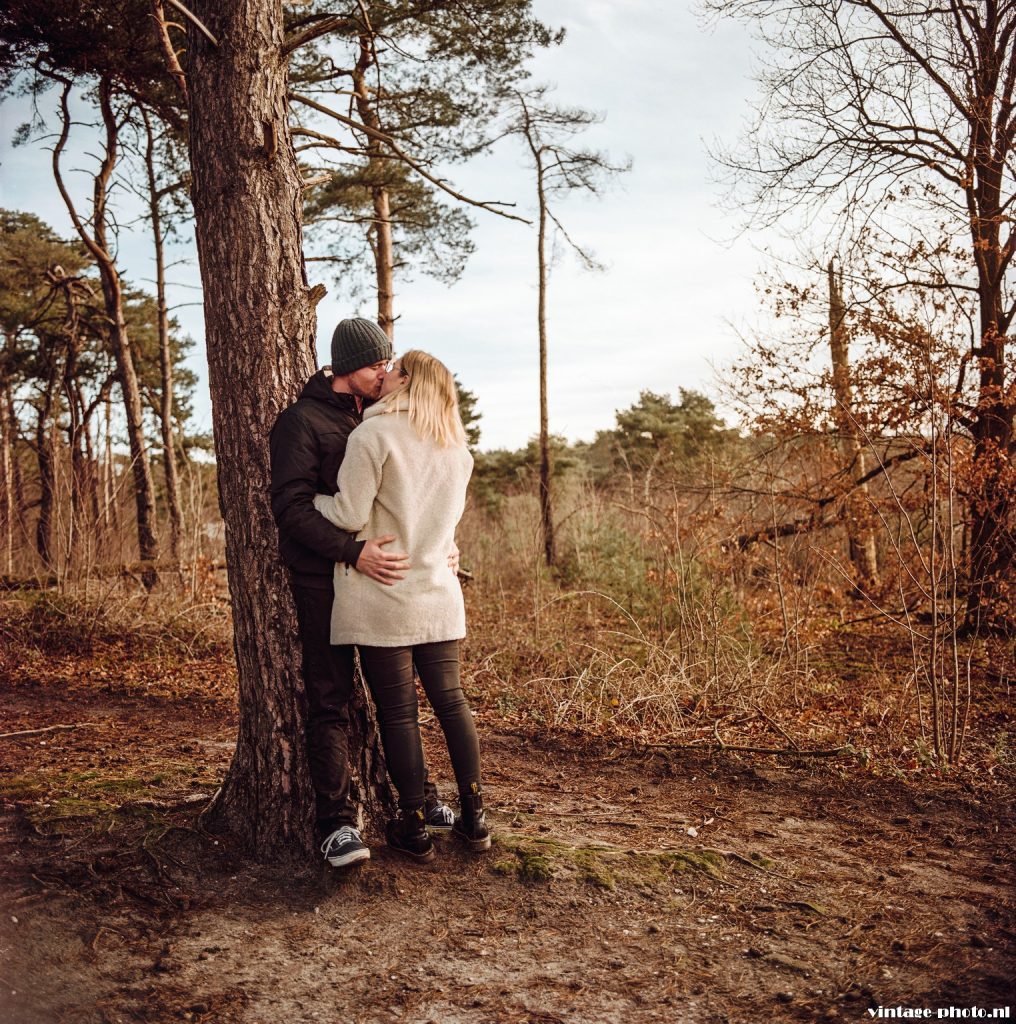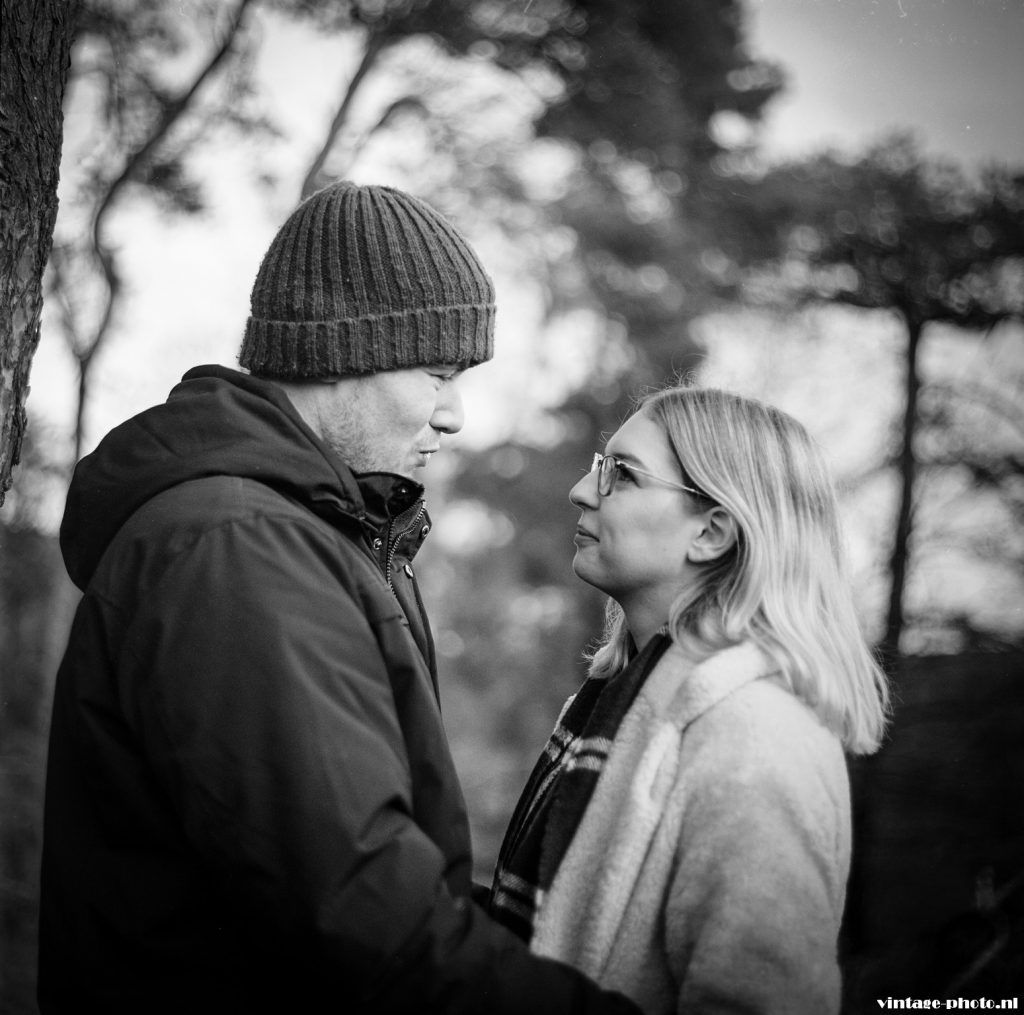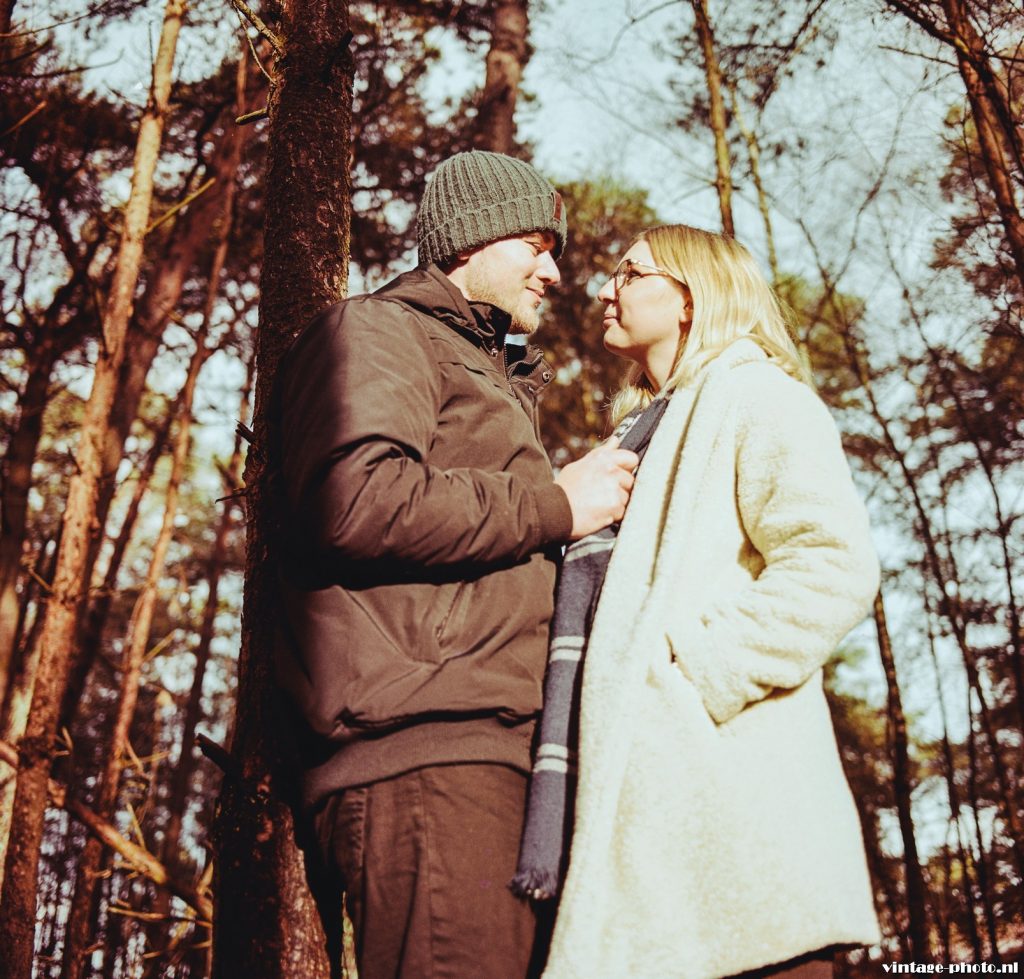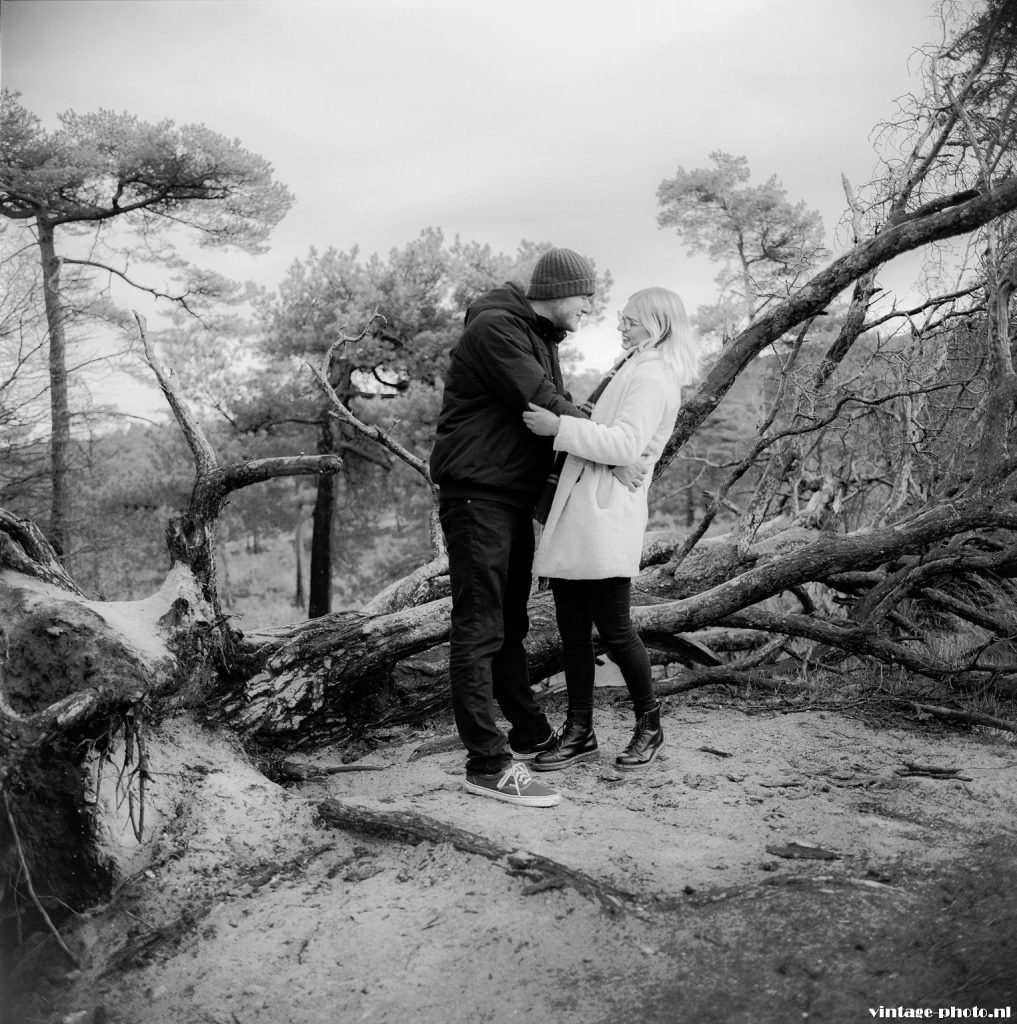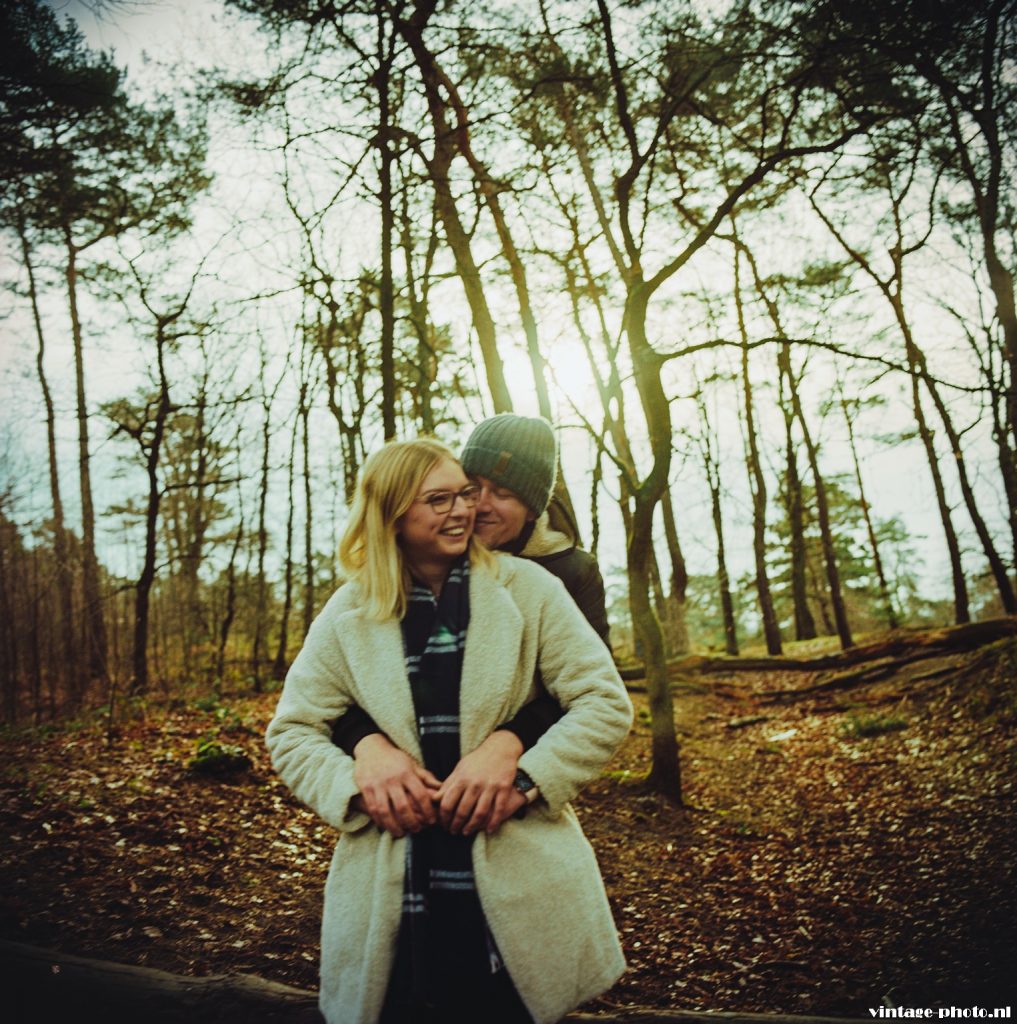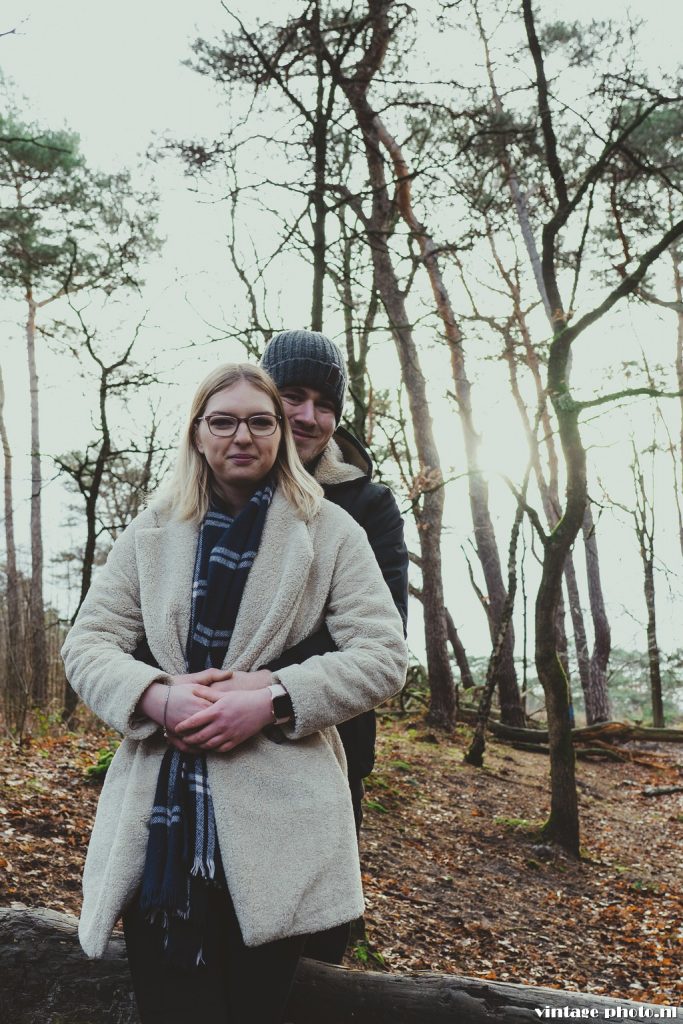From a price point of view there is a world of difference between a Swedish Hasselblad and a Russian Kiev. Both are medium format cameras and are hardly different from the outside. That’s why the Kiev is mockingly called the ‘Hasselbladski’. But our test shows that the Kiev should not be underestimated.

Hasselblad 500CM 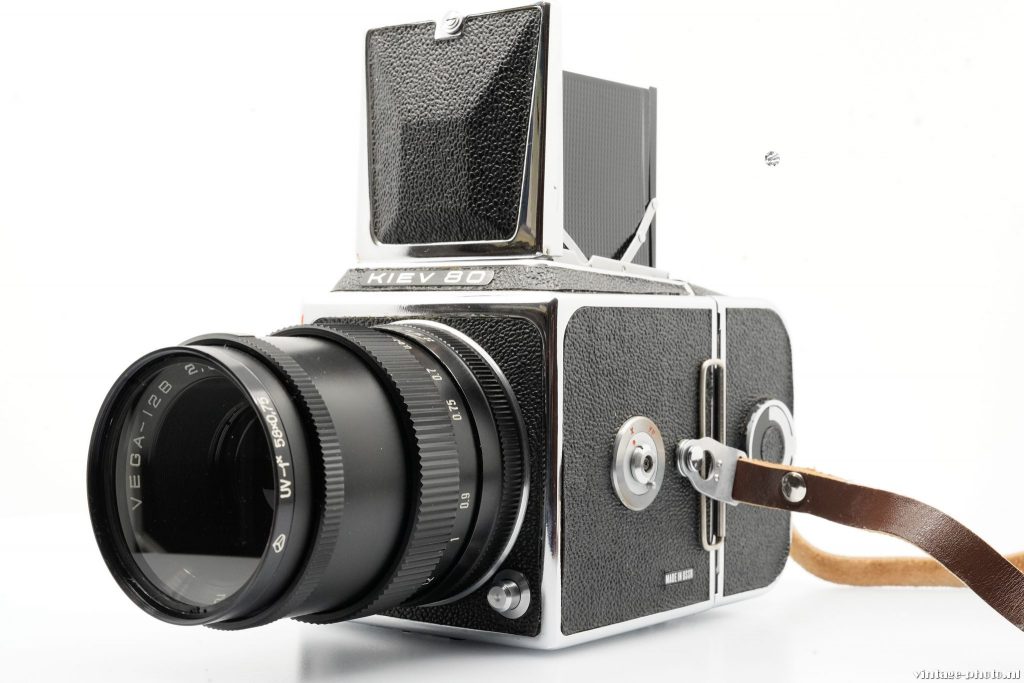
Kiev 80
A while ago I bought a Kiev 80 medium format camera with Vega 12B 90mm lens on Ebay for Euro 250, a bargain. With a nice leather bag and a second film back included. It looks almost identical to the famous Hasselblad 500 C/M, however, with a Zeiss Distagon 60mm F3.5 the average price fluctuates around Euro 1,600. The Kiev costs about one eighth of a Hasselblad! Can that price difference be justified? Is it really like comparing a Leica with a cheap Praktica 35mm camera? Well, the (surprising) news is that this is not so evident from our comparison. The Kiev gives a surprising statement.
From the expensive Hasselblad you expect a more or less impeccable quality and those expectations are fulfilled. The excellent Distagon lens delivers stunning images with beautiful Bokeh, good overall sharpness and a good noticeable contrast. The coated lens does not suffer from vignetting, flare or other distortions. The Zeiss delivers natural colors.
The surprise, however, is the Kiev-80. Although in many reviews the Vega 12B 90mm is poorly rated, we found the lens sharp and it did produce pleasant pictures. However the lens suffers more from chromatic aberration as it is also an uncoated lens. The picture in the middle of the first row is the best witness of what (good) quality the lens delivers under optimal light conditions.
In favor of both cameras speaks of course the 120 film format. Such large negatives provide in any case high quality pictures compared to the smaller 35 mm negatives. Medium format offers much more tolerance in exposure and detail which makes the differences in quality between medium format cameras much more difficult to assess. But that’s also the good news and means that you don’t have to resort to the most expensive lenses for the quality of the photos. In this respect the Hasselblad and the Kiev are really brothers.
But from a technical view of (handling) the bodies the resemblance between the brothers soon ended. The Kiev 80 suffers from a very inaccurate frame spacing between shots. As we approached the last pictures, this spacing became bigger and bigger with a difference of almost two centimeters between the last two negatives in the end. The developed film role of the Hasselblad showed us exact the same distance between each image. Winding a Hasselblad is like clockwork.
Cocking the shutter of the Kiev is an uncertain adventure with every photo. The sounds the camera makes are not exactly reassuring. It could just as well be over after the next shot. The Hasselblad, on the other hand, sounds like music to your ears and the sound radiates confidence. The Hasselblad is smooth to operate, you feel a well attuned mechanism working. With the Kiev it’s all going a lot more difficult, especially the stiff combination of shutter cocking and film winding. The overall finish of the Hasselblad and Kiev is also very different. Where the Kiev has more of a play between its components, the modular system of the Hasselblad is more accurately matched to each other. Lens, back and body fit like a cast.
Yet the Kiev deserves a praise of being a ‘Hasselbladski’. Although the Russian quality does not come close to Swedish perfection, the camera does what it is supposed to do: taking good pictures. And that is where the Kiev actually comes close to the quality of the Zeiss lenses. Who is looking for an affordable 120 photo camera, will find the Kiev series a good starting point. I honestly have no regrets.
Read more: our Review Hasselblad 500 CM
Read more: our Review Kiev 80


